Strolling down the main red gravel avenue within Palmerville Heritage Park my mind wandered back one hundred and fifty years. I was imagining a Victorian couple out for a Sunday promanade along the pathway lined with gorgeous elms and poplars. It had that feel, notwithstanding the very un-British temperature when I visited – somewhere in the mid thirties (centigrade).

While, apart from the trees, a horse drinking trough (early 1900s – depicted below), and a mound of earth (which you would not notice where your attention not drawn to it), concealing bricks and other rubble thought to be from the convict’s barracks, nothing of the former unofficial Palmerville village exists today the small park still offers a great opportunity for a pleasant stroll and is especially popular with people walking their dogs at the weekend.
George Thomas Palmer (1784-1854), an accomplished British Army officer and senior official in the early colonial period in Sydney acquired, in 1826, a landholding of some 10,000 acres in this area –called Ginnin-ginnin-derry by local aboriginal people –
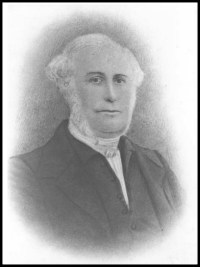
by simply squatting on it. He christened his newly acquired pastoral station Palmerville (later renamed to Ginninderra). Having added a number of substantial buildings, in 1829 he was successful in his application to formally purchase the land from the then New South Wales Government.
Over time the hub of the station (a significant portion of which is now included in the Palmerville Heritage Park) became an unofficial village as woolsheds, homesteads, a convicts barracks, shop, post office, cemetery and a cricket pitch were added.
The convict’s barracks was built to accommodate convict labourers engaged by Palmer – 15 in 1828 – to look after his almost 2000 head of cattle and 6000 sheep on the four thousand odd acres of land that had been cleared by that time. By 1841 the village had a population of 68 including convicts and free settlers and the number of sheep soon grew to some 12,000.

Palmer who never actually lived here anyway – preferring this Sydney abode – returned to England in 1839 where he died, in Bath, in 1854. The day to day management of the property was left to hired managers the last of whom Palmer appointed in the mid 1840s – one William Davis Jnr.
Prior to Palmer’s death Davis married his daughter, Susan, to whom he left Palmerville on his death – in effect making Davis the joint owner.
Life was not all work on the station.
On assuming ownership of Palmerville one of Davis’ first actions was to add a cricket field to accommodate the estates highly successful and much revered cricket team, captained by the formidable Davis himself. So important was cricket to Davis that he managed to persuade other local landowners and business people to support a five and a half day (as opposed to six day) working-week, as he did, to enable cricket matches to be held on Saturday afternoons. So confident was Davis in his team that it was not unusual for him to challenge other teams of up to 22 players.
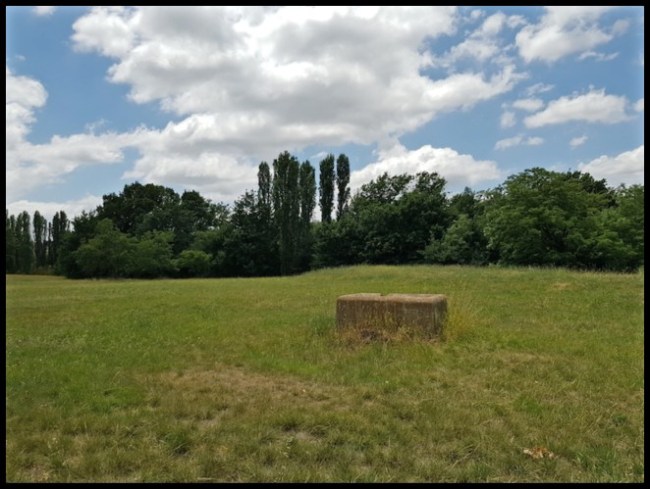
In addition to the cricket, though often related to wins on the cricket field, dances, fireworks and other social events were regular occurrences at Palmerville with the woolshed doubling up as a venue on such occasions.
Davis, often referred to as the ‘Squire of Ginninderra’, was without doubt the station’s most successful manager and by all accounts one of the most successful station managers in the colony. In 1863 visiting cricket umpire James Wood observed that:-
“Mr Davis’s is the best ordered establishment that I have seen in the colony – neat, clean, not a rail out of place, everything seems to work by clockwork. It does the heart of a farming man good to see such a place, and the people on the estate seem to partake of the order around them, for a more respectable class of men and women I have never seen on any establishment” (Gillespie, 1992, p.25).
Palmerville’s decline started in 1877 when Davis left due to a family emergency. The decline was sped up when the nearby settlement of Hall was proclaimed an official village in 1882. In 1892 the then owner of the estate, Edward Crace and his groom, George Kemp, both drowned as they attempted to cross the flooded Ginnenderra Creek on the east side of the village area.

By the early 1900s much the village was in rubble, some of it carted away to be used in the construction of the then newly established city and capital of Australia, Canberra. The full station was compulsorily acquired by the Federal Government on the creation of the Australian Capital Territory in the early 1920s and the last buildings had disappeared by 1960.

The older elms, poplars, hawthorns and a few attractive oak trees still growing are thought to date from the 1850s. The presence of exotic trees in Canberra is often a tell tale sign of 19th century European settlement even if nothing else remains. Early settlers planted such trees as a nostalgic link with their homelands.
Earlier I referred to the existence of a cemetery at Palmerville. While it is marked on the sketch map at the park’s entrance I could find no evidence of it on the ground or in later research.
Reference to the cemetery does however provide me with a useful segue to the Landcare Memorial Forest which is incorporated into the park.

You will encounter the small memorial forest on your right as soon as you cross the first footbridge on the path, having left the car park and picnic area.
The Memorial Forest was planted in more recent times and each tree (all native gums) has a small brass plaque commemorating the life of someone dear to a forest sponsor.
A small number of trees are also adorned with other forms of memorial.
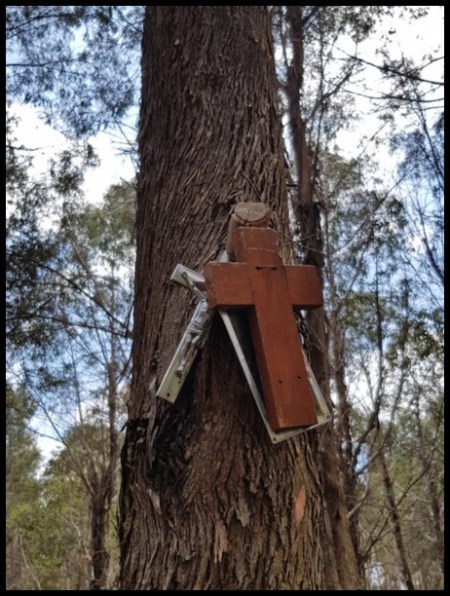
When I visited, the trees and plaques looked particularly peaceful and beautiful in the shimmering beams of sun penetrating the tree canopies.
The flat route I took through the park was about two kilometres long with the first half being along an L-shaped, formed path initially running from the car park to the northern extremity of the park.

It then turns right and takes you down though a gorgeous wooded area and across a small tributary of Ginninderra Creek to within a few metres of the Creek itself. Here the path abruptly ends.
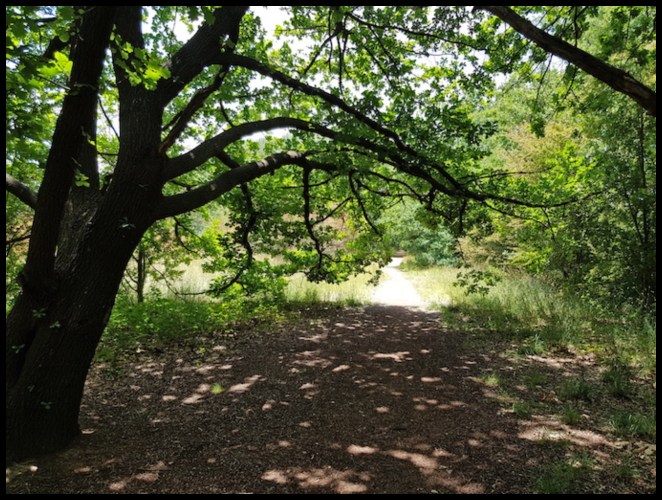
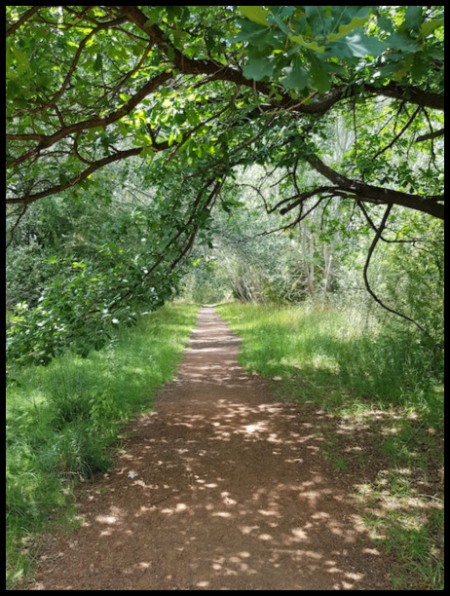

Rather than return along the formed path I, as many others appear to do given the informal path, turned right and headed back, slightly in from the main creek and to the left of the Landcare Memorial Forest prior to connecting back with the formed path for the last couple of hundred metres to the car park.

The park has a couple of electric bbqs and a few shaded picnic tables adjacent to the car park area. There are no toilets.
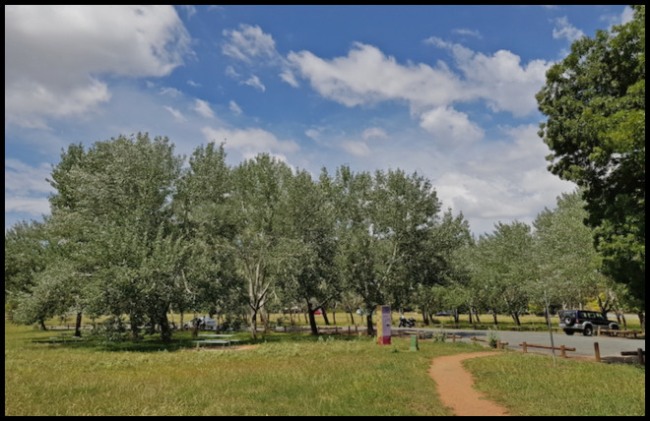
Overall I found this to be a pleasant and easy walk through an area steeped in local history.
Having read the above please watch the video below (c. Canberra Tracks) on the park, narrated by a descendent of one of the convict workers assigned to Palmerville. It is written from the perspective of one of the trees in the park which works extremely well.
Location: Owen Dixon Drive, Evatt
For my next CANBERRA – BELCONNEN review click HERE.
For other Canberra reviews click HERE.

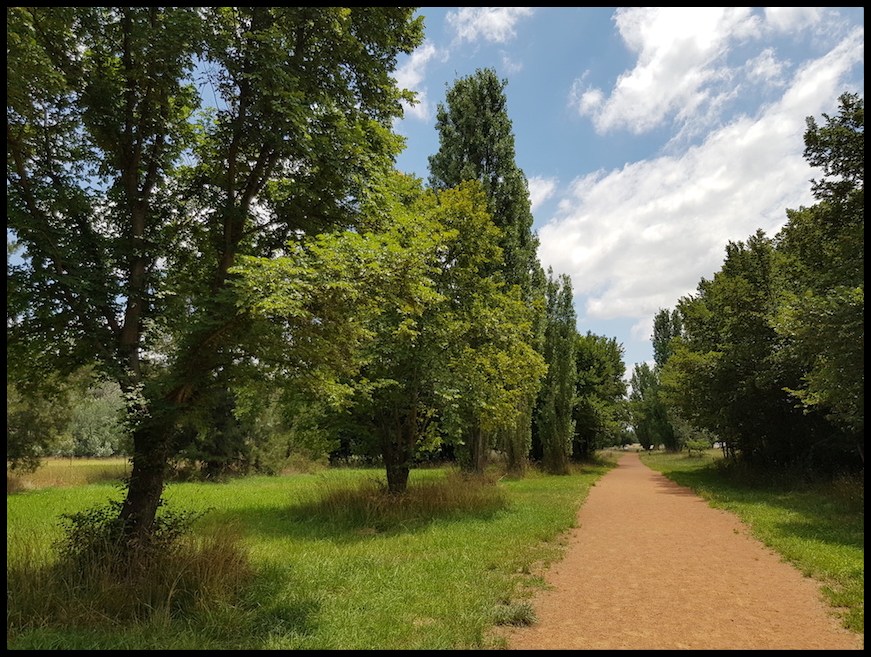








What a lovely place this is for a peaceful wander and some fascinating history, Albert. So it all began with a British man? He and Mr Davis look wonderful characters in their photos, and they obviously did a good job, being described as ‘the best ordered establishment’ by Mr Wood. Its a great history, and it’s heartening to see it’s still a lovely park to wander round, and I like the idea of those brass memorial plaques. They do that over here quite a lot with benches. Those lovely pictures of the park and woods remind me of some of the places I wander round over here. And a very interesting film. Thanks for sharing, and I really enjoyed reading all about Palmerville Heritage Park.
LikeLiked by 1 person
Lots of things in Australia begin with Brits. thank you for the compliments.
LikeLike
You’re welcome, Albert. Well deserved. I guess we Brits did put our stamp on the land over there. Nice to know we did some things right. 😊
LikeLiked by 1 person
Just in case you have not worked it out yet I’m originally from N. Ireland. Very different life style here.
LikeLiked by 1 person
Yes, I knew you were from N. Ireland originally, Albert, and you’ve certainly covered a fair bit of the globe! Your blog is a fascinating read. Do you ever miss your roots? I’m too rooted in England’s history to leave for ever, but I love reading about other places. 🙂
LikeLiked by 1 person
Yes I absolutely miss the historical aspects of the UK, in particular London which I know reasonably well and could write hundreds of entries on if only I had time. I’d love to come and spend a few months or indeed a year there but that’s not cheap. My passion is travel and I have been fortunate to be able to do it for work and pleasure … there are a lot more places I have visited than I have written about. Thanks for the compliments on my blog and I am glad you are enjoying it. I am trying to get back into writing after a bit of a break and at best I am a very slow writer and enjoy the research. I could never write a book though.
LikeLiked by 1 person
Writing has to be done at the author’s own pace and that doesn’t matter as long as you’re happy with the result. I very much enjoy your style and your posts. As a medievalist, I can truly understand why you’d miss the history over here, but if travel is your passion that must help tremendously, and it has given you a vast scope for writing. I hope you get back here some time. 🙂
LikeLiked by 1 person
I get back from time to time – nowadays every one- two years .. family all live in NI The last time and on other occasions I have bypassed London heading straight from the Middle East to Dublin. Won’t get over this year but certainly some time next year and London will be a definite stop.
LikeLiked by 1 person
I’m glad to hear you’ll be back next year. Be sure to keep us up to date with your UK travels. 🙂
LikeLiked by 1 person
My son and his wife got married here. Just to the left of the red path in the top photo there’s a circle of conifers. That was their chapel. Though I’ve been back to Palmerville a few times, I enjoyed reading your post and thinking about things not staying the same.
LikeLiked by 1 person
Wow a special place for you family then. Glad you enjoyed the review.
LikeLike
Looks a peaceful spot. I find it interesting that you refer to elms, poplars, hawthorns and oaks as ‘exotic’ – we have them aplenty in my local park!!
LikeLiked by 1 person
It is very peaceful. Exotic for Australia… in the sense that Australian natives would be exotics in Ealing -:)
LikeLiked by 1 person